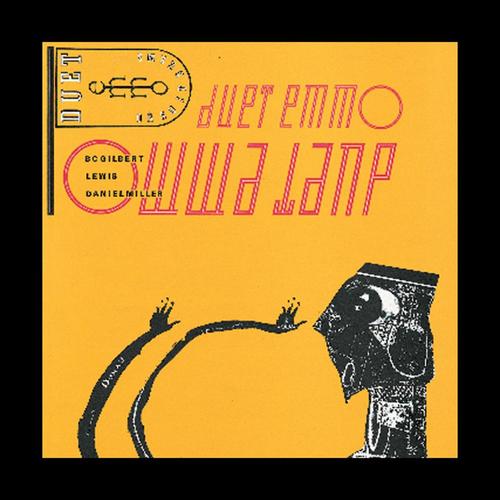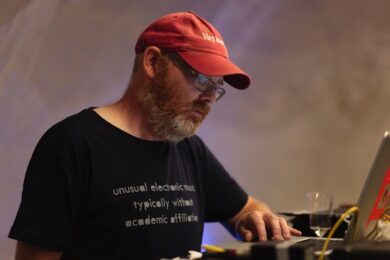4. Duet EmmoOr So It Seems

I first read about this release in some synthesiser magazine at the time. In such magazines there would be reviews of the one or two records released that month that fitted their particular remit. I made the long and scary trip to London (all the way from Sheffield) to hunt down this record and managed to get a copy somewhere. I think the record’s attraction was twofold: firstly I remember that the artwork was interesting – and I was a graphic design student at that time; secondly, and the main reason for me tracking this record down, was the involvement of Eric Radcliffe – the engineer (or producer) who had worked on Depeche Mode’s Speak And Spell and Yazoo’s amazing Upstairs At Eric’s (which probably deserves a place on my list). This is my second point, that in many ways – as someone working in the album format – I’m often more concerned with production than what is normally considered musical content – the notes, the words and so on. The main thing I took from Radcliffe’s production style was the idea to use very basic interlocking patterns, each of which tended to have some kind of synchronised tonal modulation, for example Yazoo’s ‘I Before E Except After C’, or the title track from Or So It Seems. If you forward-wind 30 years, you can find an atavistic reappearance of this all over my double 12" ‘Manitutshu’ (on Editions Mego), impossible without Eric Radcliffe’s prior work.
The record also played an important role when, around 1996, I met Jeremy Potter, with whom I went on to present an all-night radio show of electronic music in Sheffield. I would often play pieces from Or So It Seems in amongst tracks by Farmers Manual and others. Here the rhythmic consistency of ‘Hill Of Men’ fits closely with [Ryoji] Ikeda’s emergent practice.


